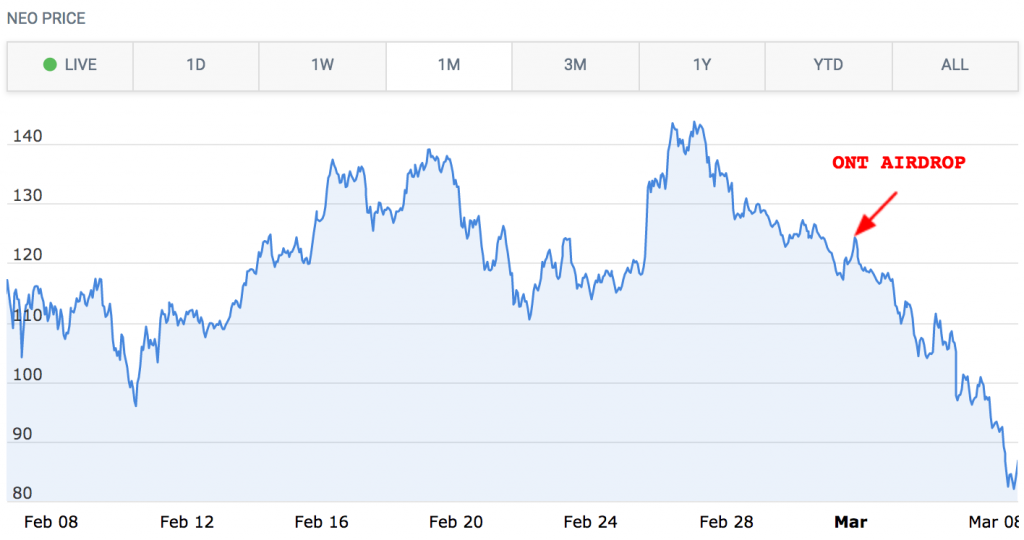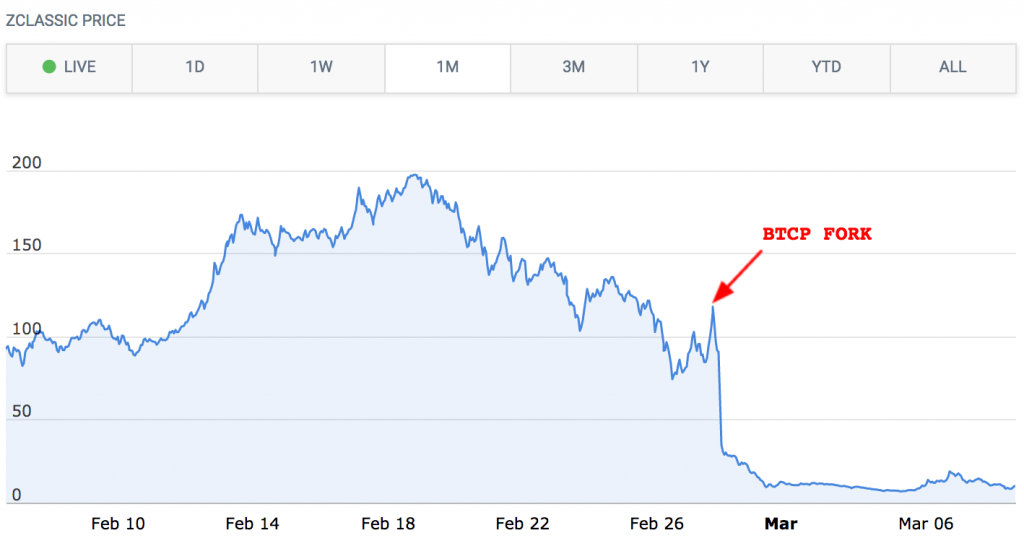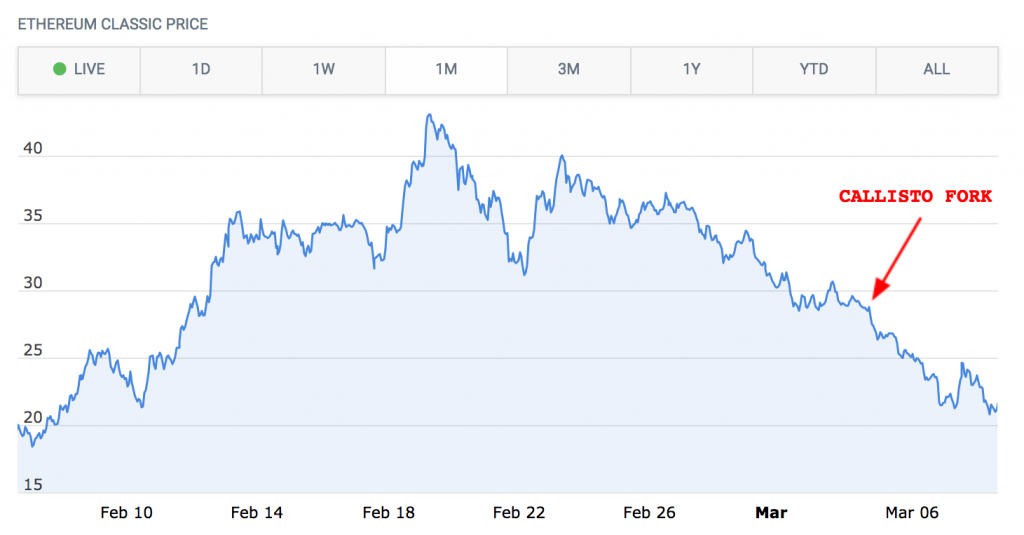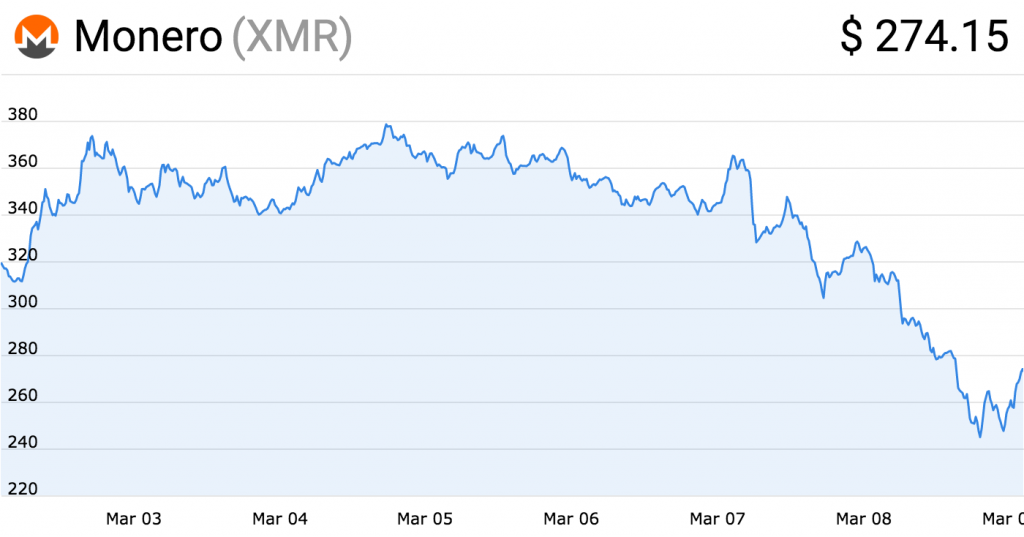The last month has seen a spate of high profile forks, as zclassic (ZCL), eth classic, and litecoin have all split to create new coins. Each of these has a shared history with its parent chain. In the run-up to the fork, many investors bought in hoping to claim their free dividend, or simply to chase the pump expected to push prices higher. They’ve since discovered that there’s no such thing as a sure thing in crypto, with all three coins dumping ahead of the fork, leaving investors nursing heavy bags.
Also read: Wirex Launching Bitcoin Debit Cards in Europe
Free Coins – But at What Price?
Forks and airdrops are a prevailing trend that has been ramping up ever since bitcoin cash emerged last August. It wasn’t the first coin to have forked, but it proved to be the most successful by some distance. Ever since, developers have been eager to fork existing blockchains for a variety of reasons. Litecoin classic removes LTC’s mining algorithm in favor of a DAG; callisto aims to deliver smart contracts that are more secure than ethereum classic; and zclassic underwent a hybrid fork with bitcoin to create bitcoin private.

In addition to these forks, NEO recently issued an airdrop of ONT, a new token, to all NEO holders. Next week, monero will fork into monerov (XMV). It’s too early to assess the success of these new arrivals, especially in current market conditions. For what it’s worth, bitcoin private is trading around $65, with more exchanges still to come, and litecoin classic is around $2.20, down from a peak of $5. Time will judge the merits of these coins, but the past will assess the wisdom of having bought into the coins these offerings forked from ahead of their snapshot.

A Retrospective on Recent Forks
Zclassic, ethereum classic, and NEO have all shown a similar pattern leading up to their respective fork or airdrop. As investors caught wind of the impending fork, they loaded up, causing each of the coins to shoot up by 10-20% on average, and magnitudes more in the case of ZCL. Then, days away from the date of the snapshot, the coin dumped, often significantly. On Thursday March 9, it happened again, to monero this time. The coin had performed well over the previous week, overcoming bearish market conditions to rise in value against BTC.

Then Bittrex declared that it would not be supporting the monero fork, explaining: “The XMV development team has not contacted us, and it is too late for them to complete our rigorous token review process before the fork on March 14, 2018.” Upon the news, monero dropped by around 15%, despite Bittrex only accounting for 5% of all monero trading volume. For investors who were quick or smart enough to buy into coins such as monero and ZCL ahead of the masses, the dip that’s occurred ahead of the fork is of little concern. Those late to the party can end up in trouble though, and left praying that they can make their money back through receipt of the forked or airdropped coin.

With monero down $100 from its peak of two days ago, any investors who bought in at the top are essentially banking on the XMV fork trading at $100 a coin to recoup their losses. That seems optimistic. It’s no wonder that wiser heads are either selling their coins ahead of the fork, or not even trying to chase the pump. Once the newly forked coins have been listed on exchanges, there’ll likely be every opportunity to pick them up on the cheap.
Do you think forked coins are a waste of time, or do you they add value? Let us know in the comments section below.
Images courtesy of Shutterstock, and Coincodex.
Need to calculate your bitcoin holdings? Check our tools section.
The post Most Forked Coins Are Proving More Hassle Than They’re Worth appeared first on Bitcoin News.














